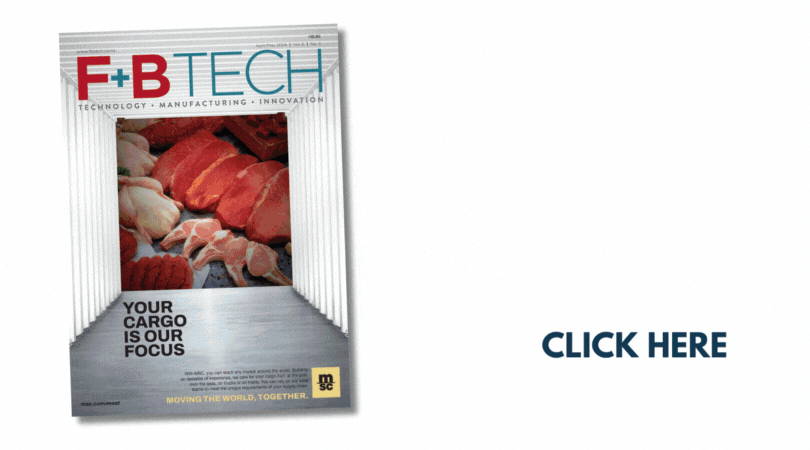The UK government has announced its plan to introduce new eco-label standards for food and beverage products. This decision will combat greenwashing and consumer confusion.
In the UK, there are over 20 types of eco-labels on the market. Despite the vast array, the connection between sustainability claims and actions can be unclear.
Environmental impact labels have been regarded as a tool that helps consumers make more informed choices. However, their robustness is being questioned due to the lack of evidence behind these labels.
With the number of sustainable options increasing, consumers have become more likely to decipher true claims from false ones. The UK government has remained firm that eco-labels must provide a fair and accurate representation of a product's environmental impact so that sustainable products can successfully differentiate themselves.
One crucial issue when standardising eco-labels is quantifying product-level environmental impacts and ensuring sufficient data quality and availability.
A wide range of metrics quantify product-level environmental impacts used in eco-label schemes. These can range from low gas emissions to low water usage.
These metrics have been found to have unintended consequences, such as perverse incentives or trade-offs with other food system issues, such as nutrition and animal welfare.
The scientific community needs more consensus on the best metrics to measure food's environmental impact, which has created confusion over the accuracy of eco-labels.
To help combat this issue, the Food Data Transparency Partnership designed a blueprint for the government to improve the availability, quality and comparability of data in the food supply chain.
Despite this positive step towards creating a more transparent structure for eco-labels, rules and regulations must be established to ensure that all supermarkets and food industry businesses are in agreement.
To read more international news, click here.






